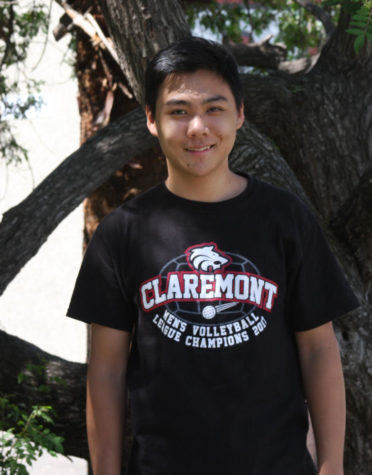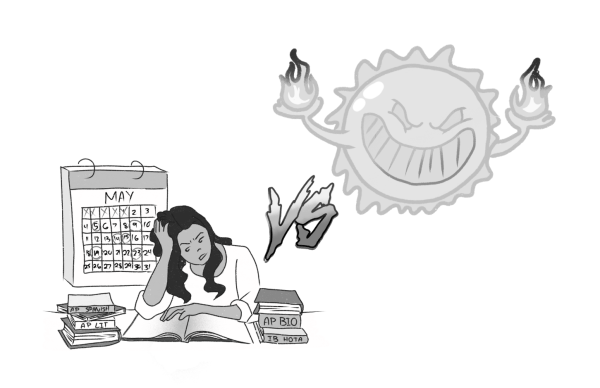CUSD Plans to Go Solar in Order to Help Environment
CUSD is initiating the process of going solar with an expectation of receiving funds from Proposition 39, or the Clean Energy Jobs Act. The proposal was approved in Nov. 2000, and a small fund will be given to the district to be used for the change as soon as possible. The district is aiming to reduce the carbon footprint and the utility bills of local schools in Claremont.
The announcement stating that the district would be going solar has received very positive responses from CHS students.
“Installing solar panels is too expensive for most people, but if the district has the money to invest in going solar, then it is a good idea,” sophomore Abraham Park said.
In order to receive the funding from Proposition 39, the district had to go through a complicated application process for the California Energy Commision. However, with the help of JB3 Consulting, an experienced association with the issue, CUSD was able to receive the endowment. JB3 Consulting familiarized the CUSD board members with the process and provided the step-by-step procedure for receiving funds from Proposition 39 and going solar.
Before the official process begins, the account executive John Burdette of JB3 must check every school in the district by visiting the campuses and evaluating the energy usage of each of them. After Burdette checks how much energy each school is using, the district must work to save energy accordingly. Once CUSD is as clean and energy efficient as possible, the plans for installing solar panels in the schools
can be sent to the California Energy Commision.
“I think it’s great that the district is going solar and cares for the environment. Even though it will cost a lot, it will eventually pay for itself,” junior Lucas Sanchez said.
Last year, CUSD received $130,000 from the Proposition 39 allotment, of which $103,000 was given to JB3 to start the project. The Claremont schools will receive additional funding each year for four years. Although the decision has been made to begin this project, where to place the solar panels at schools is still not certain. Most of the time, solar panels are installed on rooftops. However, the roofs
are not generally compatible with solar panels. To make the roofs more suitable for the panels, the buildings must go through extensive renovations. Because of this remodeling process, CUSD was advised to not place them on the roofs of the school buildings due to the expectation of them having to be examined for compliance or even having to revamp the entire building. An alternate idea is to install the solar panels in open areas such as parking lots or recess areas. They can be built to be tall enough for students to walk underneath them and to also provide shade for students to relax or eat under. The panel structures can even be painted with the school’s colors for decoration.
This process of going solar has just started, but it is apparent that CUSD should begin getting grants and arranging the future installations of solar panels as soon as possible, according to experts in the field. The interest rates are low, and construction costs and other related bills are predicted to only become more costly. Although the proposal is expensive and time-consuming, many benefits are expected to be received from the solar project in the long run, and students in the district look forward to the project’s future results.
Hello there! Our goal is to provide relavent, engaging journalism for readers of all ages. Your donation will support the student journalists of the Wolfpacket at Claremont High School, and will allow us to purchase equipment, print our monthly issues, and enter in journalism competitions. We appreciate your consideration!

Shane Jung is a Senior at CHS and is one of the Assistant Editor in Chiefs for the Wolfpacket. He has found a love for writing through his time as a...







